New Zealand travel tips
New Zealand travel tips: A stunning island nation in the South Pacific, known for its breathtaking landscapes, Maori culture, and outdoor adventures.
Regions 🌎
New Zealand travel tips. Here is a list of all the regions of the New Zealand.
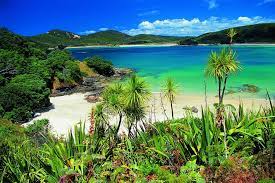
Northland

Auckland

Waikato

Bay of Plenty

Gisborne

Hawke’s Bay

Taranaki

Manawatū-Whanganui
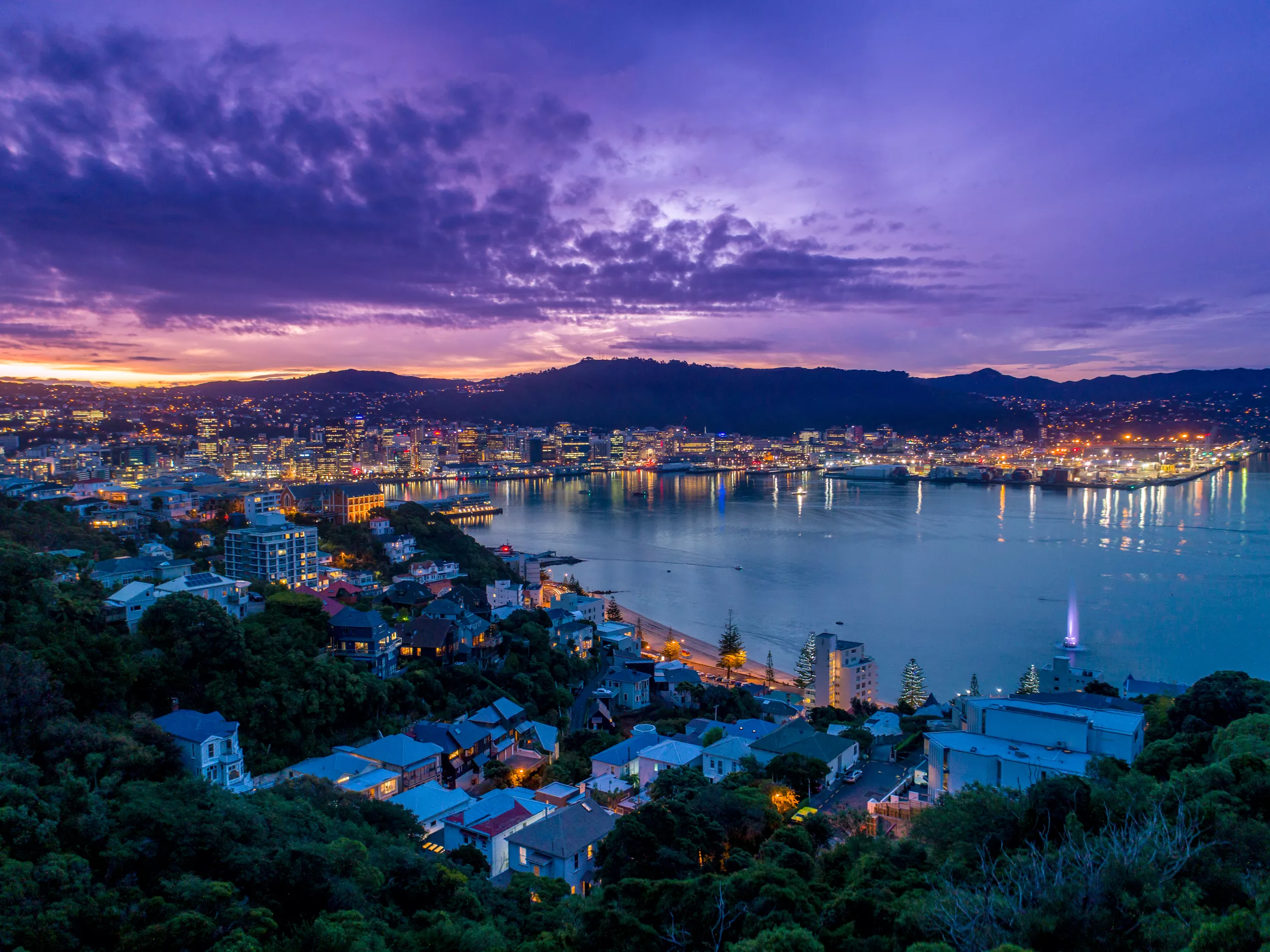
Wellington

Tasman

Nelson
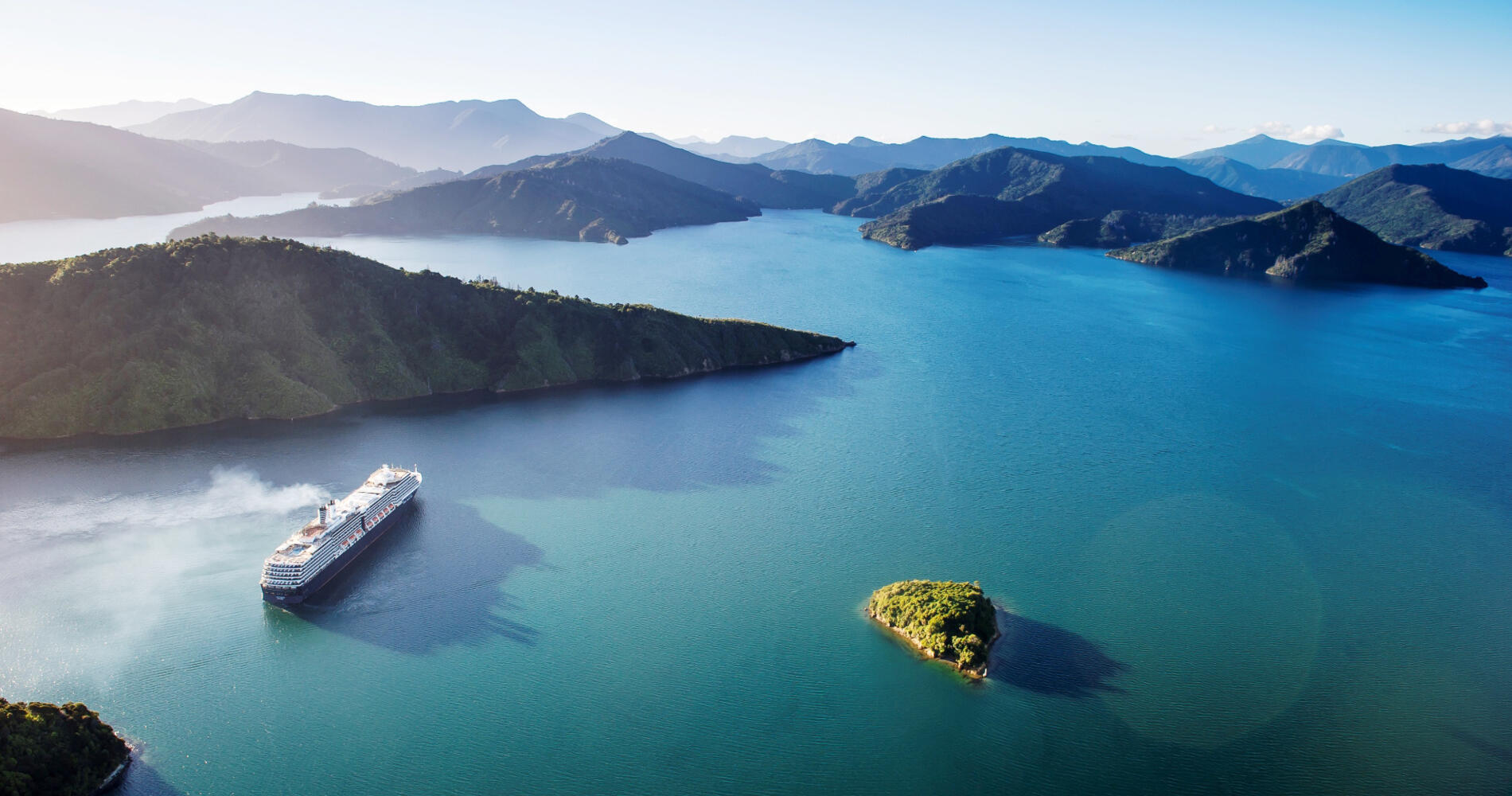
Marlborough

West Coast

Canterbury
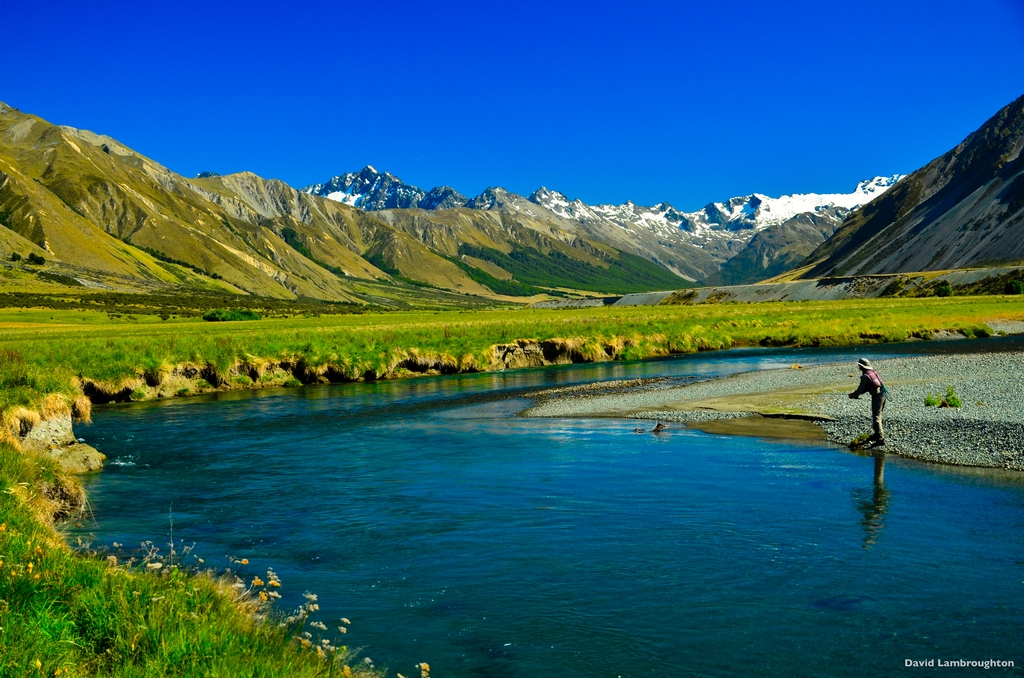
Otago

Southland
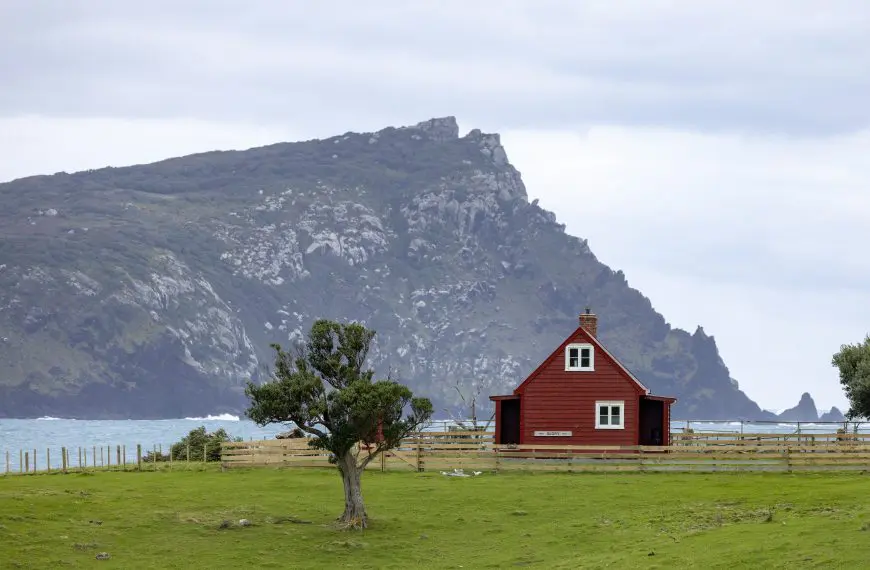
Chatham Islands
Before you go 🛩
Important information you should know before your trip
Info
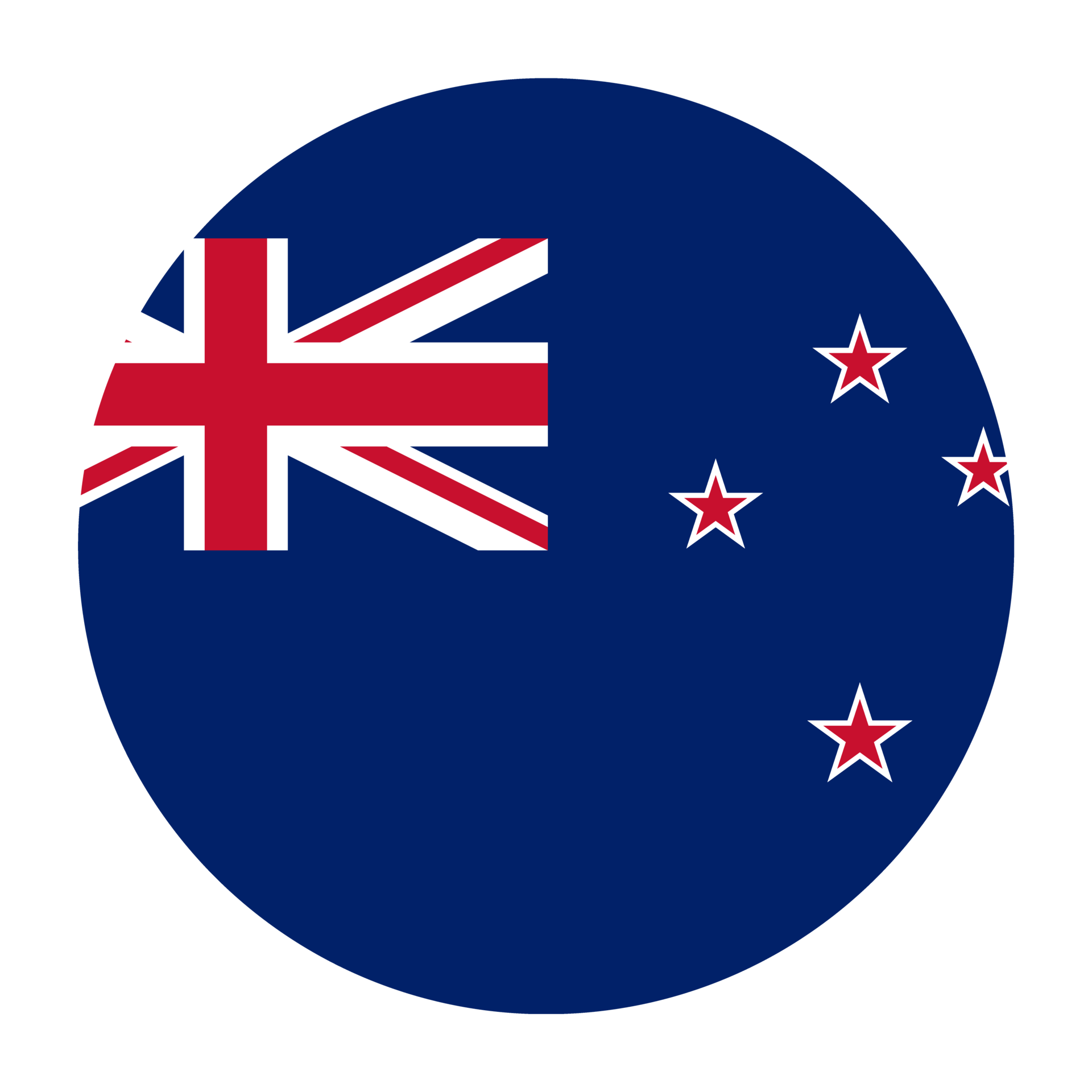
Capital | Wellington
Flag Codes:
ISO alpha-2 NZ,
ISO alpha-3 NZL
Currency
Badge | New Zealand Dollar
CODE | NZD
NUMBER | 554
SYMBOL | $
FRACTION | penny
Mobile Coverage
Dialing Code | +64
SIM Card
Coverage | 3G / 4G / 5G |
Mobile Networks | 2degrrs Mobile | Spark Mobile | Vodafone Mobile |

Location
New Zealand is located in the southwestern Pacific Ocean. It comprises two main islands, known as the North Island (Te Ika-a-Māui) and the South Island (Te Waipounamu), along with numerous smaller islands. The country is situated southeast of Australia and is approximately 2,000 kilometers (1,240 miles) southeast of Australia’s eastern coast.
To provide a general geographical perspective, New Zealand is situated in the region known as Oceania, and it is often considered part of Australasia. It is located to the east of the Tasman Sea and to the west of the Pacific Ocean. The coordinates for the approximate center of New Zealand are approximately 41.5000° S latitude and 172.8344° E longitude.
Currency
The currency of New Zealand is the New Zealand Dollar (NZD).
The New Zealand Dollar is denoted by the symbol “$” or “NZ$”. It is divided into 100 cents.
Coins are available in denominations of 10, 20, and 50 cents, as well as 1 and 2 dollars.
Banknotes come in values of 5, 10, 20, 50, and 100 dollars.
It’s important to note that my knowledge cutoff is in September 2021, and exchange rates and currency information can fluctuate over time.
It’s always a good idea to check with a reliable source such as banks, currency exchange offices, or financial websites for the most up-to-date exchange rates when dealing with currency conversions.
Languages
The primary language spoken in New Zealand is English. English is the official language of the country and is widely spoken and understood by the majority of the population. English serves as the medium of instruction in schools, universities, and government institutions.
Additionally, New Zealand has two recognized official languages: English and Māori. Māori is an indigenous Polynesian language and holds special cultural significance in New Zealand. While English is the predominant language used in daily life, Māori is also spoken by a portion of the population, particularly in Māori communities and during cultural events.
It’s worth noting that the extent of Māori language usage varies across different regions and communities in New Zealand. In some areas, you may encounter bilingual signage, hear Māori greetings, or experience the integration of Māori words and phrases into everyday conversations.
Climate 🌡
New Zealand has a temperate maritime climate, which means it generally experiences mild temperatures, moderate rainfall, and relatively high humidity. However, due to its geographical location and diverse terrain, New Zealand’s climate can vary considerably from region to region. Here’s an overview of the climate patterns in different parts of the country:
North Island: The North Island generally has milder temperatures compared to the South Island. It experiences warm summers (December to February) with average temperatures ranging from 20°C to 30°C (68°F to 86°F). Winters (June to August) are cooler, with average temperatures ranging from 10°C to 15°C (50°F to 59°F). The North Island receives higher rainfall throughout the year, with the east coast being slightly drier than the west coast.
South Island: The South Island has a more varied climate with higher regional contrasts. The northern regions, such as Nelson and Marlborough, tend to have warmer summers and milder winters compared to the southern regions. In the southern parts of the South Island, including Fiordland and the Southern Alps, the climate is cooler and experiences more significant temperature variations. Winters can be cold, with snowfall in the mountainous areas.
West Coast: The west coast of both the North Island and the South Island is known for its high rainfall. Areas like Fiordland and the West Coast of the South Island receive some of the highest rainfall in the country, contributing to lush rainforests and scenic landscapes.
Central Plateau: The central regions of the North Island, including the Tongariro National Park and the Taupo area, have a more alpine climate. Summers are warm during the day, while temperatures can drop significantly at night. Winters bring colder temperatures and snowfall, making it a popular destination for skiing and winter sports.
New Zealand travel tips
If you’re planning a trip to New Zealand, here are some travel tips to enhance your experience:
Stunning Landscapes:
Explore diverse landscapes, from the majestic Fiordland to the geothermal wonders of Rotorua.
Maori Culture:
Immerse in rich Maori traditions, art, and performances for a unique cultural experience.
Kiwi Wildlife:
Encounter unique wildlife, including the iconic kiwi bird, in conservation sanctuaries.
North and South Islands:
Discover the distinct charms of both islands, each offering its own set of attractions and activities.
Transportation:
Efficient and scenic transportation in New Zealand includes well-maintained roads, intercity buses, domestic flights, ferries, and picturesque train journeys. View Guide.
Milford Sound Cruise:
Sail through the stunning fjord, surrounded by waterfalls, towering cliffs, and marine wildlife.
Hobbiton Movie Set:
Visit the famous movie set of “The Lord of the Rings” and “The Hobbit” for a cinematic journey.
Enjoy your time in New Zealand!

The best of the best
New Zealand has a diverse culinary scene influenced by its indigenous Māori culture, British heritage, and Pacific Rim flavors.

Hangi
A traditional Māori cooking method where food is slow-cooked in an earth oven.

Māori Hangi Pie
A twist on the traditional meat pie, the Māori hangi pie contains meat and vegetables cooked in a hangi-style filling.

Hokey Pokey Ice Cream
Hokey pokey ice cream is a classic New Zealand flavor that features vanilla ice cream studded with small pieces of caramelized toffee.
Here are some typical foods you might find in New Zealand:
Fish and Chips: A classic dish in New Zealand, fish and chips consist of battered or crumbed fish (often hoki or snapper) served with crispy fries. It’s typically accompanied by tartar sauce, lemon wedges, and sometimes mushy peas.
Pavlova: A popular dessert believed to be originated from New Zealand (although it is also claimed by Australia). Pavlova is a meringue-based dessert with a crisp crust and a soft, marshmallow-like center. It’s often topped with whipped cream and fresh fruits, such as kiwifruit and berries.
Kiwifruit: New Zealand is known for its kiwifruit, a fuzzy brown fruit with vibrant green flesh. Kiwifruit is delicious eaten on its own or used in various dishes, salads, desserts, or smoothies.
Lolly Cake: A beloved New Zealand treat, lolly cake is made by mixing crushed malt biscuits, condensed milk, butter, and colorful fruit-flavored candies known as “lollies.” It’s chilled until firm and sliced into bars.
Pāua: Pāua is a type of shellfish found along New Zealand’s coastline. It is often used in dishes like pāua fritters, where the meat is battered and fried, or incorporated into seafood chowders or pasta dishes.
From seafood to meat dishes, fresh produce, and creative desserts, New Zealand’s culinary scene has something for everyone to enjoy.
Transportation 🚥
More information about this country
Choose your destination 📍🗺
Useful Links ✅



